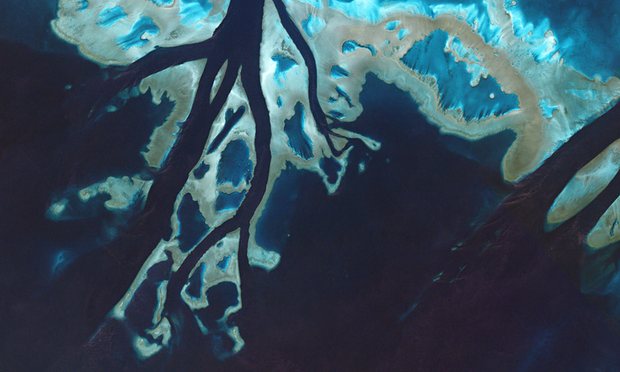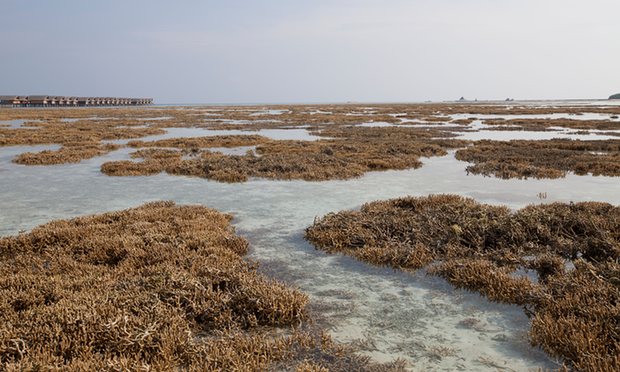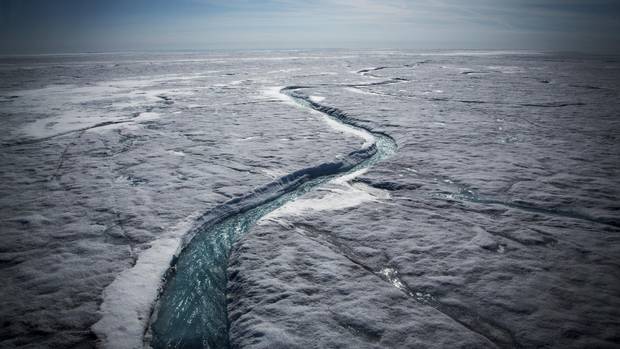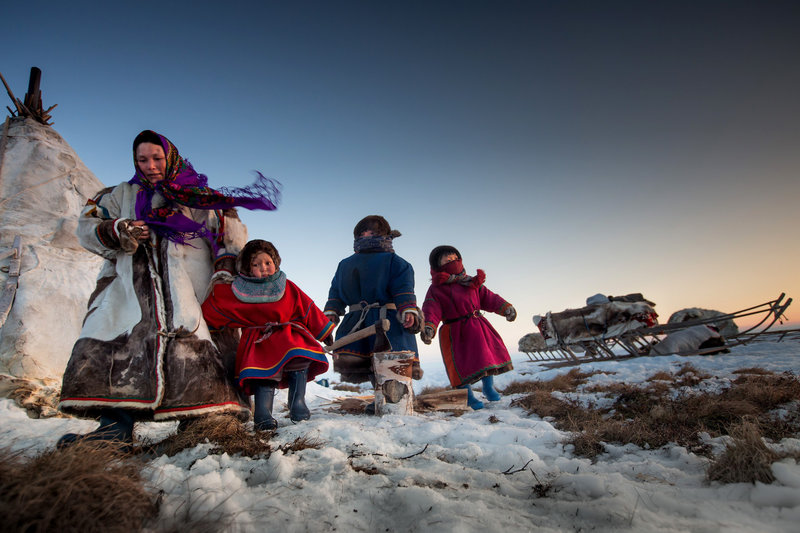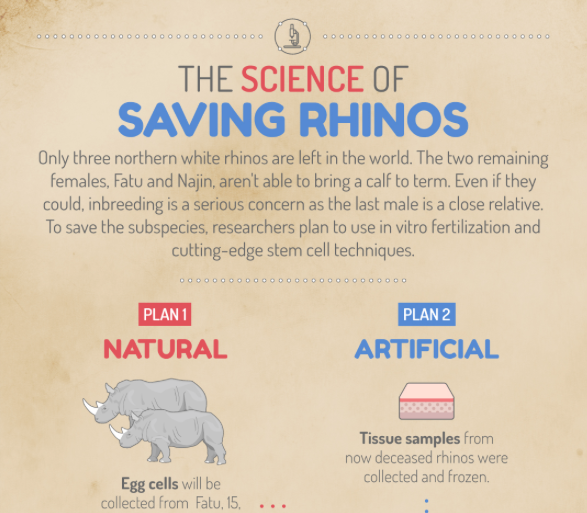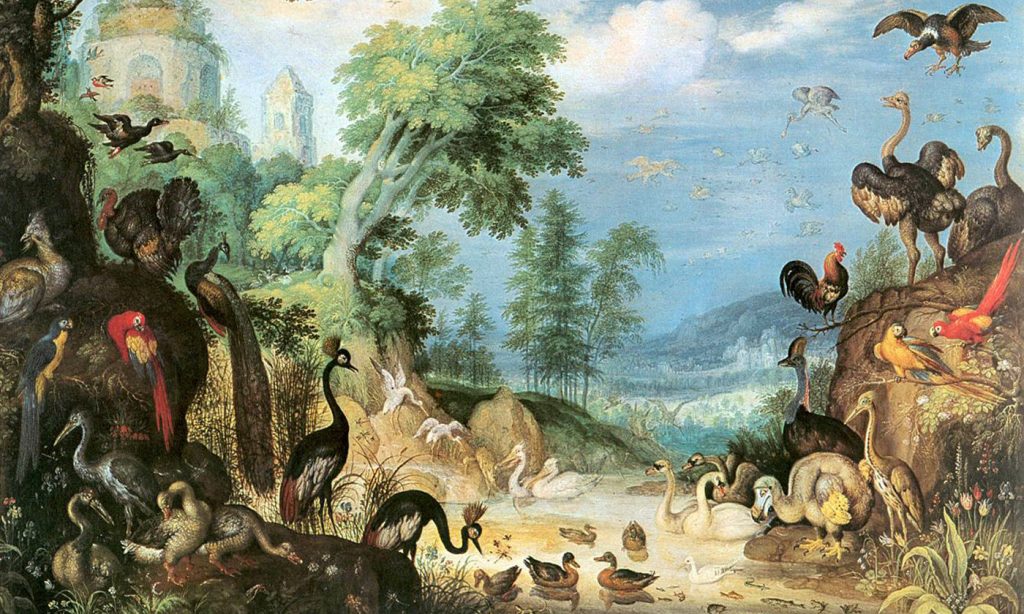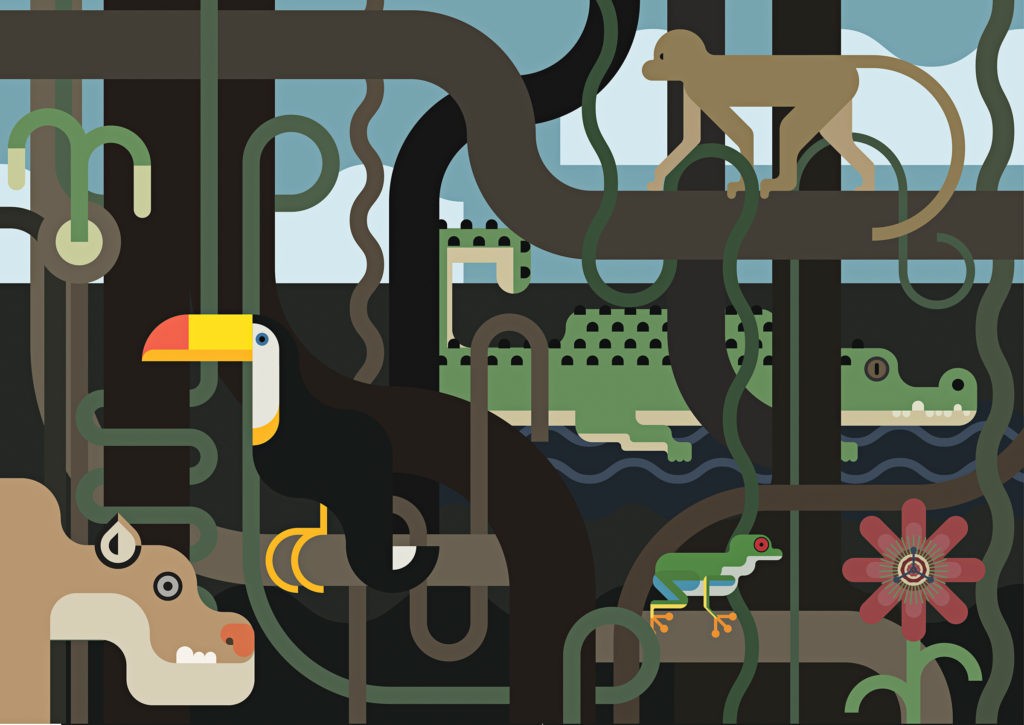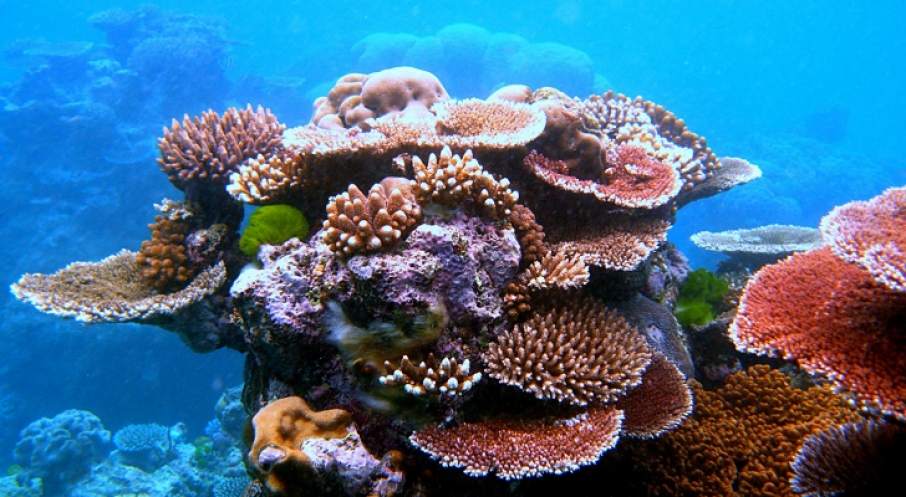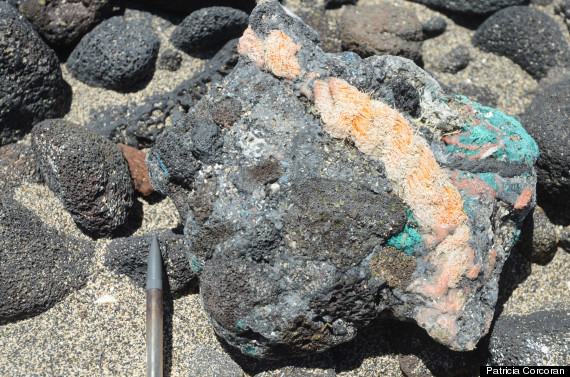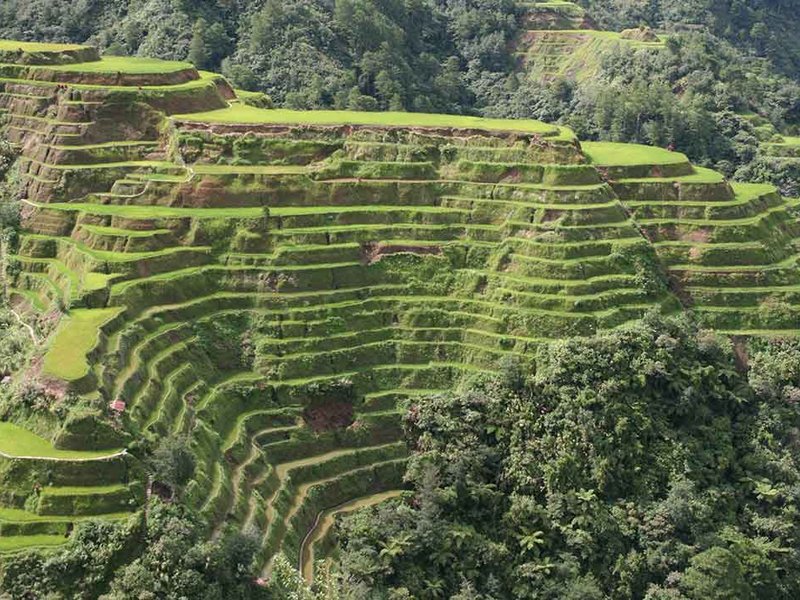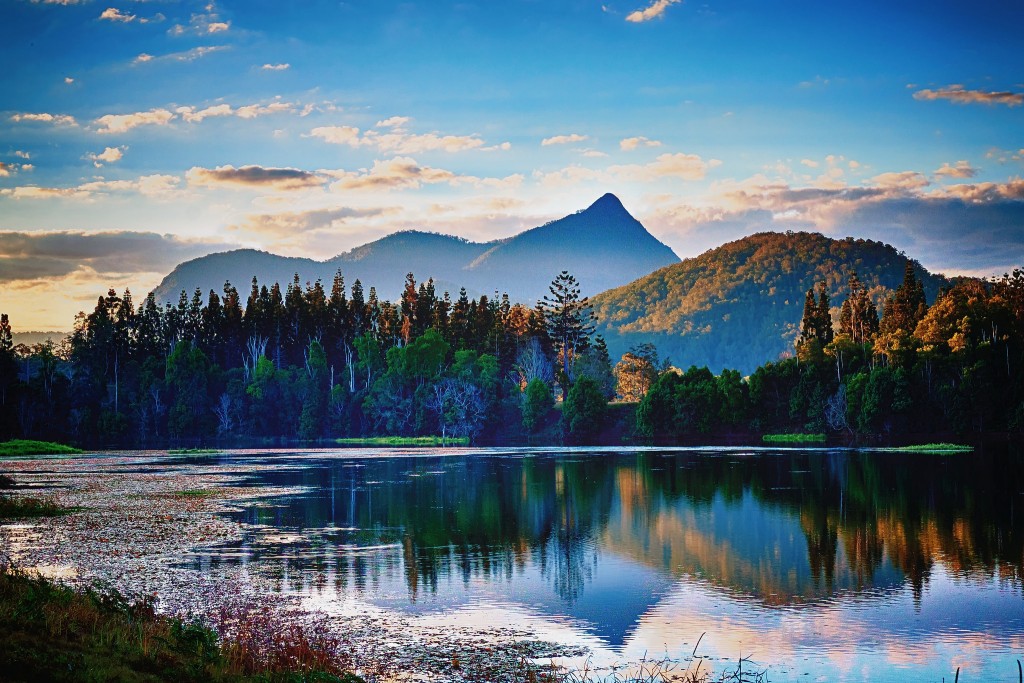Posts Tagged ‘Anthropocene’
Fixing water quality for Great Barrier Reef will cost $8.2bn, report finds
By Michael Slezak | The Guardian | August 12, 2016 Attempting to fix the water quality for the Great Barrier Reef will cost $8.2bn in the next decade but even then some of the targets will be impossible to meet, according to a landmark report commissioned by the Queensland government. The targets are part of the federal government’s…
Read MoreMore than 60% of Maldives’ coral reefs hit by bleaching
The Guardian | August 8, 2016 More than 60% of coral in reefs in the Maldives has been hit by “bleaching” as the world is gripped by record temperatures in 2016, a scientific survey suggests. Bleaching happens when algae that lives in the coral is expelled due to stress caused by extreme and sustained changes in temperatures,…
Read MoreThaw could release U.S. toxic waste buried under Greenland’s ice
OSLO – Reuters | The Globe and Mail | August 5, 2016 Global warming could release radioactive waste stored in an abandoned Cold War-era U.S. military camp deep under Greenland’s ice caps if a thaw continues to spread in coming decades, scientists said on Friday. Camp Century was built in northwest Greenland in 1959 as part…
Read MoreAnthrax Outbreak In Russia Thought To Be Result Of Thawing Permafrost
By Michaeleen Doucleff | NPR.org| August 3, 2016 Russia is fighting a mysterious anthrax outbreak in a remote corner of Siberia. Dozens of people have been hospitalized; one child has died. The government airlifted some families out because more than 2,000 reindeer have been infected. Officials don’t know exactly how the outbreak started, but the…
Read MoreDo the World’s Three Remaining Northern White Rhinos Have a Future?
By Rachel Nuwer | PBS NatureNOW | July 28, 2016 Sudan is the last of his kind on Earth. He just looks like a rhino. But as his keeper will quickly inform you, he is one of just three northern white rhinos remaining on the planet. The other two, a mother-daughter pair named Najin and Fatu,…
Read MorePODCAST: The Survivor
By Leslie Chang | Generation Anthropocene | July 26, 2016 The solenodon: a venomous, shrew-like mammal, found only in the Caribbean, that has survived for millions of years by hiding underground. Even the meteor that wiped out the dinosaurs 66 million years ago couldn’t kill this hardy little creature. But after surviving for so long, after…
Read MoreExtinction is forever: de-extinction can’t save what we had
By Brian Switek | Aeon | July 19, 2016 When I hike up into the hills around Salt Lake City, above the Bonneville Shoreline Trail where the sagebrush gives way to the shade of the forest, mastodons are on my mind. Immense bones pulled from a sinkhole on the nearby Wasatch Plateau placed Mammut americanum in the area about…
Read MoreHumanity Is Killing Off Thousands of Species. But It’s Creating Them, Too
By Lizzie Wade | Wired | June 28, 2016 DURING WORLD WAR II, Londoners often sought shelter from German bombs in the city’s subway tunnels. There, they encountered another type of enemy: hordes of voracious mosquitoes. These weren’t your typical aboveground mosquitoes. They were natives of the metro, born in pools of standing water that pockmarked…
Read More3D printing could save our coral reefs
By Ronan Ye | 3D Printing Industry | June 28, 2016 Most of the environmental changes in the present times are taking the earth closer to the loss of biodiversity. Environmentalists are worried that the vast coral reefs under the ocean are subject to risk of extinction in the coming years. Hence, any program undertaken…
Read MoreCan Virtual Reality Emerge As a Tool for Conservation?
By Heather Millar | Yale Environment360 | June 27, 2016 Could virtual reality (VR) — immersive digital experiences that mimic reality — save the environment? Well, that may be a bit of a stretch. But researchers say that it could perhaps promote better understanding of nature and give people empathetic insight into environmental challenges. “Virtual reality can…
Read MorePlastiglomerate: The New And Horrible Way Humans Are Leaving Their Mark On The Planet
By Carla Herreria | The Huffington Post | June 19, 2016 Humans will now be forever inscribed into the Earth’s geological history. Our everlasting signature? Plastic-infused stones. The newly identified stone, according to a report from The Geological Society of America, has been officially named plastiglomerate. It is formed when plastic trash melts and fuses together with…
Read More“Smartest Person,” “Anthropocene” receive Bell Fund cash
The Bell Fund has distributed CDN$6.4 million (US$5.04 million) across 39 broadcast and digital media projects. Unscripted English-language broadcast and digi projects to receive funding from the fund’s production program include Mercury Films’ feature documentary Anthropocene (TMN, TVO); Little Engine Moving Pictures’ Canada Crew (TVO); season three of Canada’s Smartest Person (pictured, CBC), from Media Headquarters Film & Television; marblemedia’s Driving Me…
Read MoreBell Fund – May 2016 Funding Decisions
The Board of Directors of the Bell Fund has announced its decisions for the May 2, 2016 round of applications. Over $6.4M in grants has been approved for 39 of the 60 (English and French) applications received, as follows: The following English language projects received Production Grants under the Bell Fund’s Production Program: Continue reading on Bellfund.ca.
Read MoreSince the Late Pleistocene Humans Were Already Radically Transforming the Earth
By Jackson Landers | Smithsonian Magazine | June 7, 2016 “The idea of trying to restore things to a pristine state is not possible,” says Melinda Zeder, senior research scientist and curator of old world archaeology at the Smithsonian’s National Museum of Natural History. “Humans are very much a part of nature,” Zeder says. “The ways in…
Read More‘Pristine’ landscapes haven’t existed for thousands of years due to human activity
Science Bulletin | June 7, 2016 ‘Pristine’ landscapes simply do not exist anywhere in the world today and, in most cases, have not existed for at least several thousand years, says a new study in the journal,Proceedings of the National Academy of Sciences(PNAS). An exhaustive review of archaeological data from the last 30 years provides…
Read More
